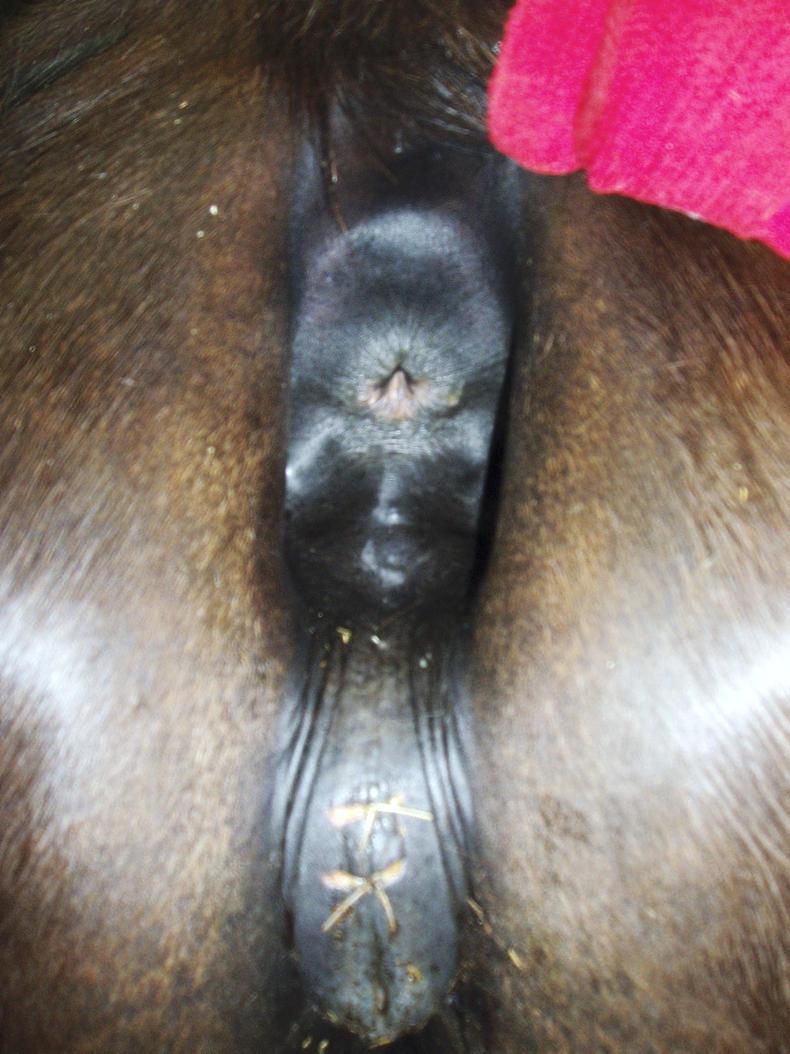VETERINARIAN, Emma-Rose Conroy once described a mare’s pregnancy as a series of hurdles and many breeders will now be approaching the final hurdle – foaling. Having successfully come this far, it’s important not to fall at the final hurdle, preparation is key.
Pregnancy length can range from 310 to 370 days, with the average equine pregnancy lasting for 340 days. An estimated foaling date for your mare can be calculated from the following:
Estimated foaling date = date of the last covering + one year - 25 days
However, mares will foal when they are ready and this is not necessarily when they are calculated to be ‘due’. Detailed and accurate health and reproductive records are hugely important when breeding as mares tend to repeat breeding and foaling patterns.
PREPARATIONS
Approximately four to six weeks prior to foaling, the mare should be brought to the premises at which she is intended to foal. This will allow the mare time to settle in and develop immunity to the premises’ specific pathogens.
The mare should also be vaccinated for both influenza and tetanus at this time as this will provide the foal with antibodies through the colostrum, which will offer protection for the first six months of life. Mares should be on an effective deworming programme throughout their pregnancy, a programme which should be devised in consultation with a veterinarian.

Mares that have had a procedure known as Caslicks performed (this is where a portion of the vulva lips are sewn together) will need to have the stitches opened approximately two weeks before foaling – breeders should consult their vet for advice.
If your mare is to foal indoors, the stable should be at least 12ft x 12ft in size, this is to allow plenty of room around the mare when she goes down to foal. The stable should be free from hazards such as sharp or protruding objects and it should be thoroughly cleaned to kill any pathogens.
Plenty of straw bedding should also be provided, straw is preferred to wood chips or shavings as chips and shavings can cause contamination of the umbilicus and could potentially be inhaled by the foal.
If the mare is to foal outside, a small paddock with a reliable means of artificial light, in case of an emergency, is ideal. The paddock should also be free of obstacles and have secure fencing.
Be sure to keep the lights low until your mare starts foaling. They don’t like bright lights at this time and the least amount of interference or distraction is best.
CONSTANT SURVEILLANCE
The majority of mares will foal normally without human assistance, however a small percentage will require human intervention and this will not come to light until labour begins. The mare should be monitored daily for physical changes that indicate that she is getting ready to deliver. Physical signs of impending foaling may include:
Foaling kit essentials